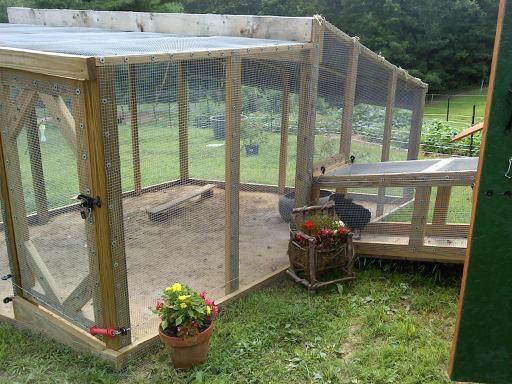LaurelRidgeDreams
Songster
I attached plastic to the north and west sides of our run to try and block wind/rain. The wind ripped it off. The run is made of 1/2 inch hardward cloth. Someone suggested to put plastic on the outside of the hardware cloth and then cover this with chicken wire. The thought is that the chicken wire would keep the plastic from blowing around. Does anyone have a different idea?
Last edited:

